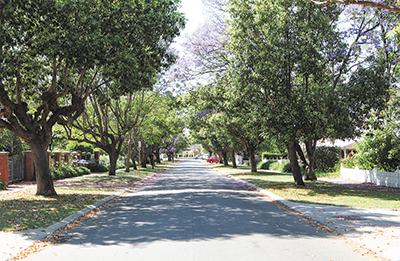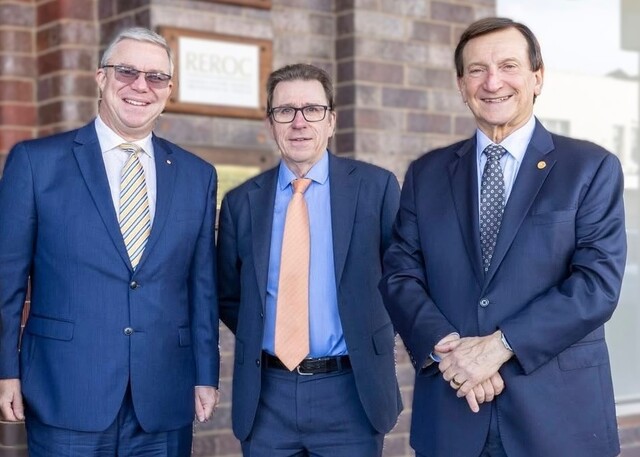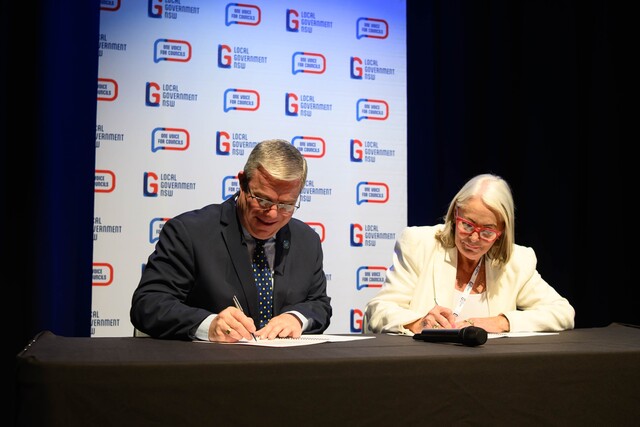The City of Stirling in Western Australia is working to ensure significant tree canopy is maintained across the expanding city.
Keeping up with the City of Stirling’s growing population and maintaining sufficient tree canopy has become a challenge for Western Australia’s largest local authority.
With a population of more 227,000 residents, the City has become a go-to destination for medium-density redevelopment in its central and eastern suburbs.
The average canopy cover across the City currently sits at around 12.9 per cent and varies from 20.5 per cent to as low as 4.4 per cent across some suburbs. Since 2008, the City has worked actively to increase canopy cover through its Million Trees program.
The program currently adds around 10,000 new trees to public land each year.
In 2014, Council set a target to increase citywide tree canopy cover to an average of 18 per cent by 2030. Aerial canopy surveys conducted annually since 2012 have shown an average canopy loss of 20Ha each year. Two-thirds of this loss occurred on redeveloped residential land. Suburbs with the highest rate of residential redevelopment experienced the most canopy loss.
Council’s Coordinator of Sustainability, Clayton Chipper, said it was forecast that without a reduction in canopy loss on private land it’s unlikely the City could achieve its 18 per cent canopy cover by 2030, and would prove difficult even by 2040.
“The City’s tree planting program is predicted to exhaust all available public land that can accommodate additional trees within a 15 to 20 year timeframe.
“The program alone will not be able to raise canopy cover to the desired 18 per cent,” he said.
In the City of Stirling, like much of WA, it appears that residential redevelopment and residential canopy cover are mutually exclusive outcomes, yet this is not the case in other states where increased housing density and increased canopy cover can coexist.
Council’s Manager City Planning Fraser Henderson said the City’s efforts to improve tree canopy levels included developing an Urban Forest Strategy that could draw on positive interstate examples, tree protection legislation and feedback from the community.
“Boosting tree canopy levels is a constant challenge for the City, but it’s one that we must tackle for the good of our community.
“The City is working on ways to turn it around, including works currently underway on a Comprehensive Tree Retention Policy that will seek to retain significant trees on development sites,” he said.
With private land an important player in increasing the level of tree canopy across the City, Council recently adopted a Trees and Development Policy requiring the planting of one large tree for each 500m2 or part thereof on new developments.








